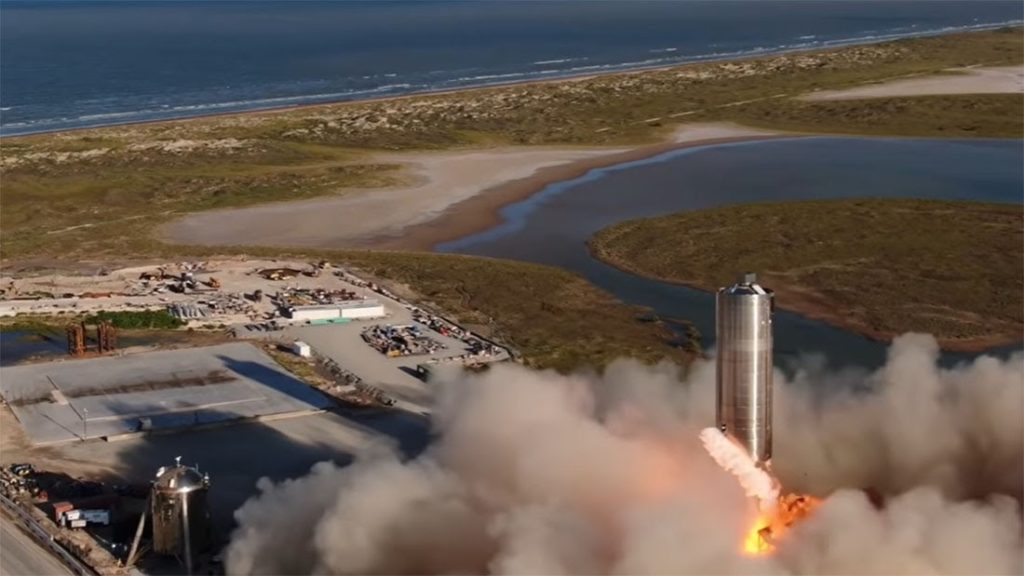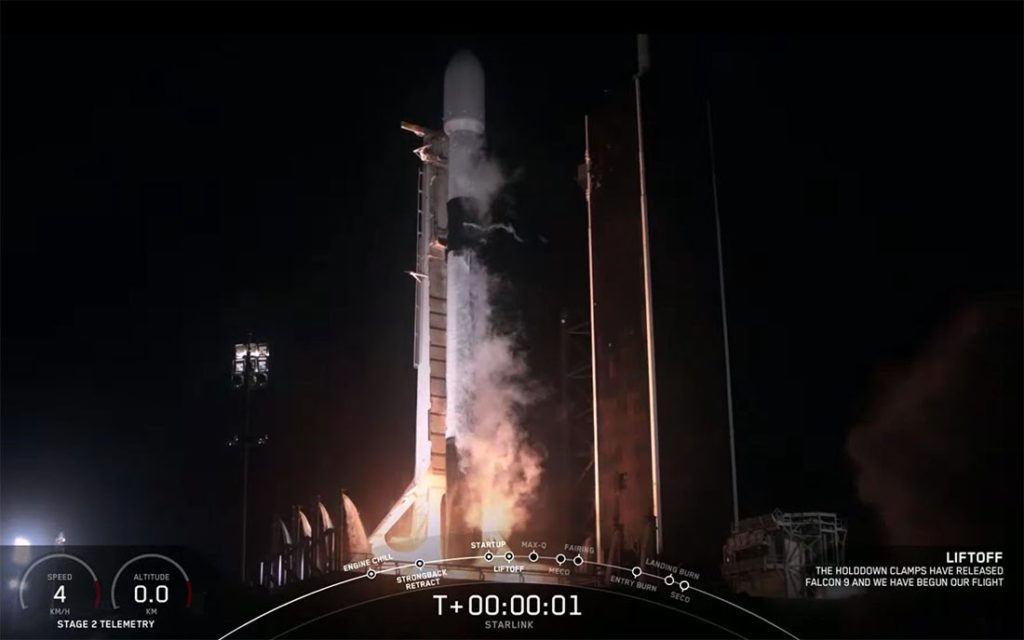More tests in sight

Alejandra Yañez | THE RIDER
For the first time ever, a Starship SN5 prototype took flight Aug. 4 from the SpaceX South Texas launch site at Boca Chica. The test flight was an important step in SpaceX developments.
SN5 was powered by a single Raptor engine, a reusable methalox full-flow staged-combustion rocket engine, according to the SpaceX website.
Just three weeks shy of the first anniversary of Starhopper’s last flight test, the SN5 prototype repeated the same hop as its stubby counterpart. It reached a height of 150 meters, before successfully touching down on a nearby landing pad.
This test was a small, but important win for the SpaceX CEO, Elon Musk, who is depending on Starship to open the door to a fully reusable transportation system with the capacity to carry both crew and cargo to Earth’s orbit, the moon, Mars and beyond.
He replied to a Twitter user a few hours after the successful flight saying, “Mars is looking real.”
The prototype lost two landing legs during its launching and landing test. These were the results of an intentional design choice to ensure that rougher landings transfer most of their stress into Starship’s legs rather than its body. The current leg design makes them disposable while SpaceX works on developing a more refined and reusable version.

Musk alluded to a new leg design under fruition in a tweet saying, “V1.1 legs will be ~60% longer. V2.0 legs will be much wider & taller — like Falcon, but capable of landing on unimproved surfaces & auto-leveling.”
In recent months, a series of ground-based tests have led to the destruction of previous Starship prototypes. The tenacity of SN5 to survive said trials was the reason it was selected for a test flight.
The prototype was not fully equipped with all the features of a Starship during its trial. It lacked a nose cone, flaps and other structural features that would guide Starship during its flight through the upper atmosphere.
However, the interior of the prototype was fully furnished with wired communications, a single Raptor engine and large fuel tanks filled with liquid oxygen and methane. This test flight confirmed the dependability of those systems.
As for what’s next, Musk takes to Twitter to discuss future plans for Starship testing.
Asked what will happen to SN5 and if it will fly again by a Twitter user, Musk replied, “Not sure yet, but hopefully. Will need leg & other repairs. Probably SN6 flies before SN5. We need to make flights simple & easy — many per day.”





